Tourism in England
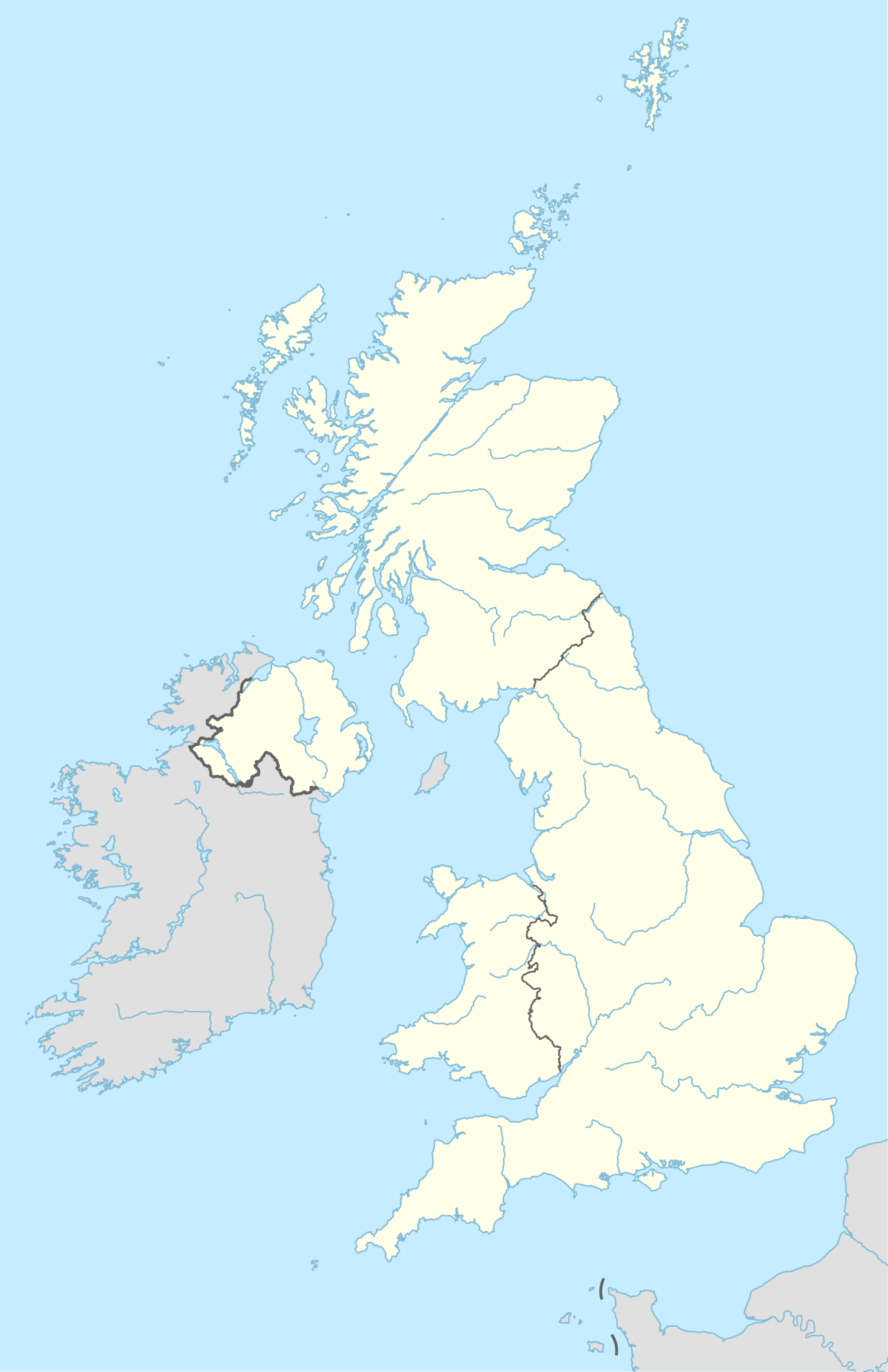
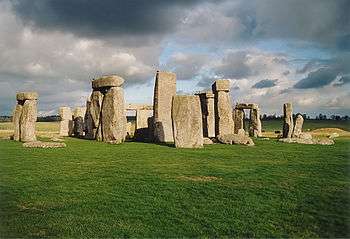
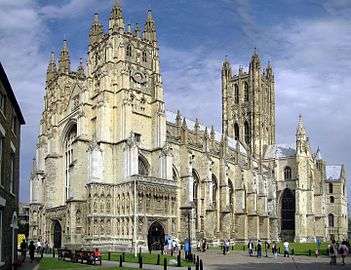
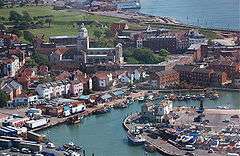

Tourism plays a significant part in the economic life of England.
Cultural and heritage tourism
England's long history and pervasive culture, spread worldwide through the English language and colonialism, make it (and especially London) a popular tourist destination.
Heritage towns and cities in England
- Bath: A spa town, famous for its Georgian architecture and crescents, Bath Abbey, the Roman baths, and numerous Jane Austen connections such as the Pump Rooms.
- Brighton: Brighton is a seaside resort which includes two piers, West Pier and Brighton Pier, and is home to the Royal Pavilion.
- Bristol: Brunel's Clifton Suspension Bridge is a famous landmark; the SS Great Britain, another of Brunel's famous constructions, is in dry dock in Bristol.
- Cambridge: Home of the world-renowned University of Cambridge; many historic buildings, such as King's College, numerous museums including the Fitzwilliam, and many examples of fine architecture.
- Canterbury: Renowned for its cathedral, the Mother Church of England, as well as other medieval buildings and Roman remains.
- Chester: Important Roman and medieval walled city with an amphitheatre and 11th-century Benedictine Abbey, now the Cathedral. Renowned for its covered medieval shop 'rows', racecourse and Chester Zoo.
- Dover: A major port with access to the continent. Also well known for its white cliffs, which include wartime tunnels, and to a lesser extent for its castle.
- Durham: A famous university city, also renowned for its cathedral and castle.
- Exeter: City, home to Exeter Cathedral and Rougemont Castle.
- Haworth: Home of the Brontë Sisters and very popular with Japanese tourists, as Wuthering Heights has a cult following in Japan.
- Kingston upon Hull: The birthplace of William Wilberforce. Home to The Deep, the world's only submarium and the location of England's smallest window at the George Hotel. The poet Philip Larkin lived in Hull and worked at the local university. Nearby is the Humber Bridge, the world's longest single-span suspension bridge for 16 years from its opening in July 1981 to 1998. Hull was UK City of Culture in 2017.
- Lincoln: A medieval city, home to Lincoln Cathedral and to Lincoln Castle, where a copy of the Magna Carta is kept.
- Liverpool: The 2008 European Capital of Culture, a major commercial port and World Heritage Site, home to two cathedrals, the Royal Liverpool Philharmonic Orchestra and famous as the home of The Beatles. Liverpool has more listed buildings, registered historic parks, museums and art galleries than any other city in the UK outside London. Also the home of two Premier League football clubs, Liverpool and Everton. The first city in the world to be linked by passenger railway (with Manchester) it is also famous for The Grand National, and its musical, maritime and literary heritage.
- Norwich: City renowned for its castle and cathedral. The latter has the second-tallest spire in the country.
- Nottingham: The city and Nottingham Castle are famed worldwide for their links with the legend of Robin Hood. Sherwood Forest is nearby.
- Oxford: Home of the University of Oxford; many historic buildings and museums, and fine architecture.
- Plymouth: A naval dockyard with a listed heritage area, the Barbican, which includes the National Marine Aquarium and the Mayflower Steps. Also home to Smeaton's Tower, a former lighthouse now used as a viewpoint.
- Portsmouth: A naval dockyard with famous ships on display, including the Mary Rose, and HMS Victory. Also home to Gunwharf Quays retail centre, with its iconic Spinnaker Tower.
- Salisbury: Home of Salisbury Cathedral, which has the tallest spire in the country. Nearby is the prehistoric site of Stonehenge, which is administered by English Heritage.
- Shrewsbury: Medieval walled town situated within a loop of the River Severn. Famous for its many timber-framed buildings, churches and stone bridges, and as the birthplace of Charles Darwin.
- Stratford-upon-Avon: The birthplace of William Shakespeare, with numerous historic sites associated with Shakespeare, as well as contemporary theatres performing his works.
- York: Famous for York Minster cathedral. Also the location of the National Railway Museum and a wealth of preserved medieval streets and buildings, such as the Merchant Adventurers' Hall and the Shambles.
Other places in England are also of historical interest. The city of Manchester is the second most visited city by foreign tourists in England after London (in a survey from 2002).[1] Many foreign tourists also visit the neighbouring countries, Scotland and Wales – see tourism in Scotland and tourism in Wales.
Domestic tourists, and foreign tourists who have specific interests in art, music, history etc., also visit the following:
- Birmingham: A major city, with an orchestra, major exhibition venues (NEC, ICC) and art galleries. Of historical interest for its significant role in the industrial revolution and the jewellery industry (electro-plating of gold and silver was developed here by John Wright); the childhood home and inspiration of Tolkien; noted for its shopping and boasting the longest stretch of nightclubs in England.
- Gloucester: A Roman city with a cathedral, famous for the tomb of Edward II, seventh Plantagenet king of England (1307–1327).
- Hadrian's Wall: The Roman wall built in Northumberland by order of the Emperor Hadrian.
- Hereford: A cathedral city, famous for the chained library in the cathedral, and the Mappa Mundi
- Ironbridge: The cradle of the industrial revolution and the site of Iron bridge, the world's first major bridge to be made of cast iron.
- Manchester: A culturally pre-eminent city, once famous for its industry. Known for the Hallé orchestra and many museums, art galleries and its Victorian and Edwardian era architecture. The city was host of the 2002 Commonwealth Games and is home to two Premier League football clubs, Manchester City and Manchester United. Manchester is also known for being the world's first industrialised city, and is well noted for its shopping, cuisine, music, media, social history and nightlife.
- Winchester: A cathedral city also famous for its castle, which has a table purporting to be King Arthur's Round Table in the Great Hall.
Ecotourism
The English countryside has been described as particularly suitable to ecotourism, if affected by the sad irony "that the things that make the landscape of Britain comely and distinctive are almost entirely no longer needed. Hedgerows, country churches, stone barns, verges full of nodding wildflowers and birdsong, sheep roaming over wind-swept fells, village shops and post office and much more can only rarely be justified on economic grounds, and for most people in power those are the only things that matter". [2]
England possesses a wide range of natural environments, and continues to benefit from a significant Ecotourism industry:
- Eden Project in Cornwall.
- The Lake District, a national park and mountainous region in Cumbria, including Windermere, the largest lake in England.
- The Peak District, a national park and upland area lying mostly in Derbyshire.
- Dartmoor and Exmoor, national parks and upland areas in Devon/Somerset.
- The New Forest, a rural forest and national park lying mostly in Hampshire.
- The Jurassic Coast, a World Heritage Site in Dorset and Devon.
- The Broads, a national park and lowland area lying mostly in Norfolk.
- The Yorkshire Dales, a national park and upland area in North Yorkshire and Cumbria.
- The National Forest, covering parts of Leicestershire, Derbyshire and Staffordshire.
- The South Downs, a national park stretching from Hampshire to East Sussex and comprising chalk uplands and sea cliffs.
- Center Parcs, a European network of rural holiday parks.
Most visited sites

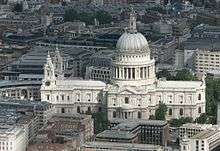
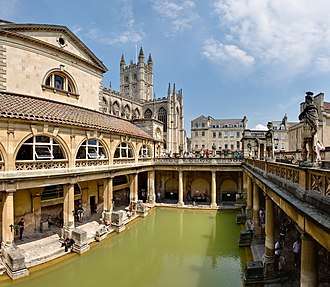
Most visited cities by tourists
Most visited historic sites
|
Most visited museums
List of tourist attractions
See also
References
- ↑ "Manchester 'England's second city'". BBC News. 12 September 2002.
- ↑ Billy Bryson. The Road to Little Dribbling. Black Swan Press. 2015. p. 58.
- ↑ "Town Data: VisitBritain Corporate Site". VisitBritain. Retrieved 23 December 2016.
- ↑ "VISITS MADE IN 2009 TO VISITOR ATTRACTIONS IN MEMBERSHIP WITH ALVA". Association of Leading Visitor Attractions. Archived from the original on 31 October 2010. Retrieved 21 May 2010.
External links
| Wikivoyage has a travel guide for England. |
- England travel and tourism at Curlie (based on DMOZ)
- English Tourist Board
- English Tourist Board Blog
- www.pagemost.com, Interactive Google maps showing local places and attractions, complete with Flickr photographs. Search by UK place name or postcode.
- TheLeisureGuide, Tourist Attractions around England.
- See The Sights, Tourist Attractions and Places To Visit in England.